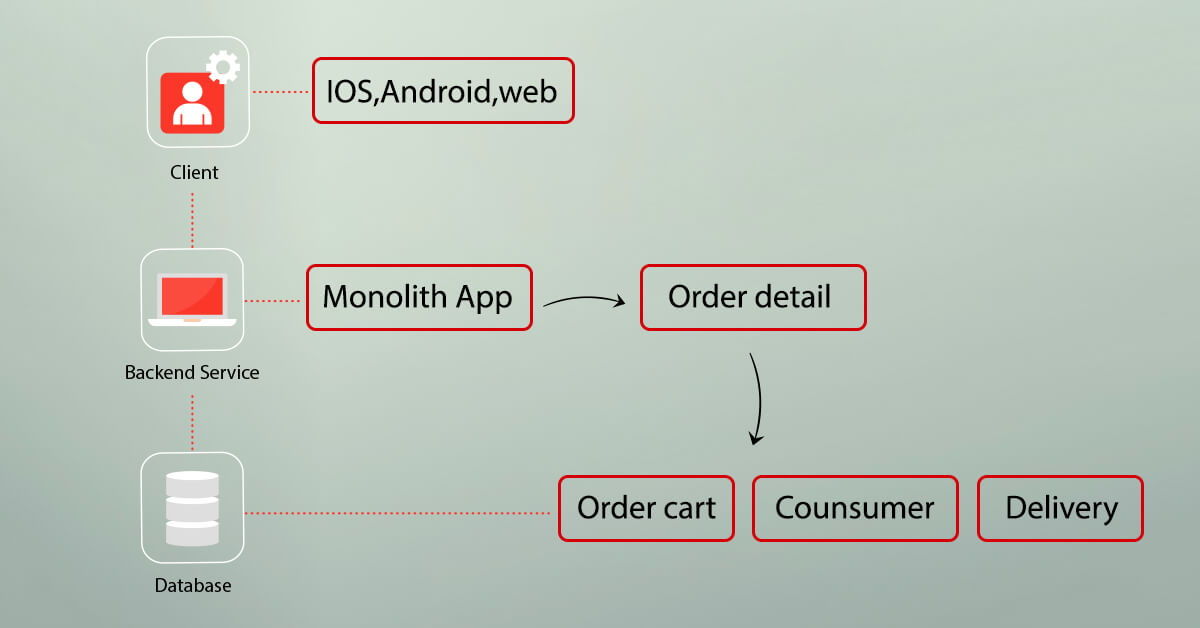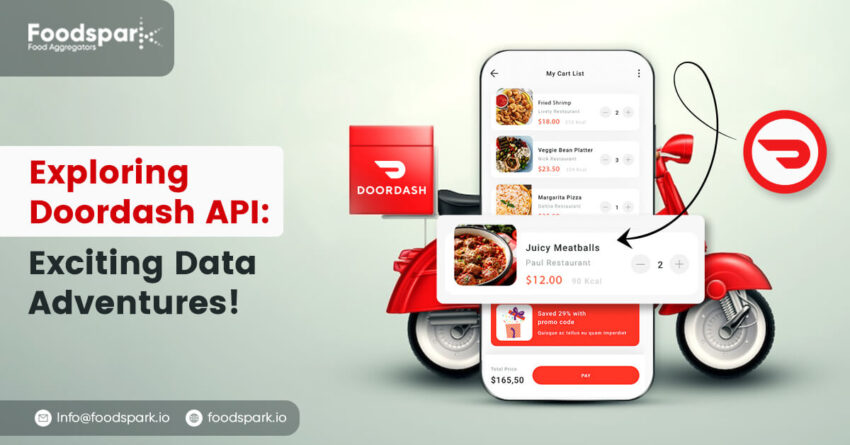Introduction
In today’s fast-paced world, on-demand food delivery services have become an integral part of our lives. DoorDash, one of the leading players in this industry, has revolutionized the way we order food. Behind the user-friendly app and efficient delivery system lies a complex technology infrastructure powered by an Application Programming Interface (API). In this article, we’ll embark on an exciting data adventure to explore the DoorDash API and understand how it works, why it’s important, and what possibilities it offers.
Understanding APIs

Before we dive into DoorDash’s API, let’s clarify what an API is and why it’s significant. An API, or Application Programming Interface, is a set of rules and protocols that allows different software applications to communicate with each other. It acts as a bridge, enabling the exchange of data and functionality between diverse systems. APIs are integral to modern software development and are used in various domains, from social media platforms to e-commerce websites.
DoorDash API: An Overview
The DoorDash API allows developers to access and integrate various features of the DoorDash platform into their own applications. This API provides a wide range of functionalities, making it possible for developers to create custom solutions, ranging from building restaurant websites with DoorDash integration to developing analytical tools for delivery optimization. Here are some of the key components of the DoorDash API:
- Restaurant Information: With the DoorDash API, you can access a vast database of restaurant information, including details about their menus, pricing, operating hours, and locations. This data is crucial for applications like food delivery aggregators.
- Order Management: Developers can use the API to create, manage, and track orders, which is essential for restaurant owners and delivery drivers. This feature enables real-time order updates and seamless customer experiences.
- Delivery Services: The API provides access to DoorDash’s extensive network of delivery drivers, allowing developers to offer delivery as a service on their platforms.
- Pricing and Payment: Pricing details, payment processing, and various transactional functions can be accessed through the API, simplifying the integration of financial features.
Why the DoorDash API Matters
The DoorDash API holds immense importance in the modern food delivery landscape for several reasons:
- Business Integration: For restaurants, being present on multiple delivery platforms is essential. The DoorDash API streamlines the process of listing and managing their offerings on the DoorDash platform, thus expanding their reach.
- Custom Solutions: The API empowers developers to create tailored solutions. Whether it’s a restaurant owner looking to enhance their website or an entrepreneur aiming to build a unique food delivery app, the DoorDash API provides the building blocks needed.
- Data-Driven Decision Making: The DoorDash API offers access to valuable data, including order history, delivery times, and customer preferences. Businesses can use this data to make informed decisions and optimize their operations.
- Seamless Customer Experience: Integration with the DoorDash API ensures that customers enjoy a smooth and consistent experience when ordering food. It also allows for real-time order tracking, increasing transparency and trust.
Exciting Data Adventures with the DoorDash API
Now that we’ve established the significance of the DoorDash API, let’s embark on some exciting data adventures that it enables:
- Dynamic Menu Display: Imagine a restaurant website that uses the DoorDash API to display its menu with real-time pricing, availability, and reviews. This dynamic integration not only enhances the user experience but also reduces the administrative burden on the restaurant.
- Delivery Time Predictions: Developers can leverage the DoorDash API to predict accurate delivery times based on historical data, current traffic conditions, and order volumes. This feature ensures that customers receive their orders promptly and creates trust in the service.
- Multi-Platform Promotion: Restaurants can use the API to sync their menu and promotions across multiple delivery platforms, ensuring consistency in pricing and offers. This simplifies marketing efforts and attracts a broader customer base.
- Customer Loyalty Programs: Using the API, businesses can access customer order history and preferences. This data can be used to create personalized loyalty programs, offer targeted promotions, and drive customer retention.
Conclusion
The DoorDash API opens the door to a world of exciting data adventures, allowing businesses to enhance their operations, streamline customer experiences, and tap into valuable data insights. In an era where the on-demand economy is thriving, this API serves as a powerful tool for restaurant owners, developers, and food enthusiasts alike.
As technology continues to evolve, the role of APIs in our daily lives will only become more prominent. Exploring APIs like DoorDash’s offers us a glimpse into the interconnected digital ecosystem that powers the services we rely on. Whether you’re a developer looking to create a cutting-edge food delivery app or a restaurant owner aiming to expand your reach, the DoorDash API is a valuable resource that promises exciting data adventures and endless possibilities.


